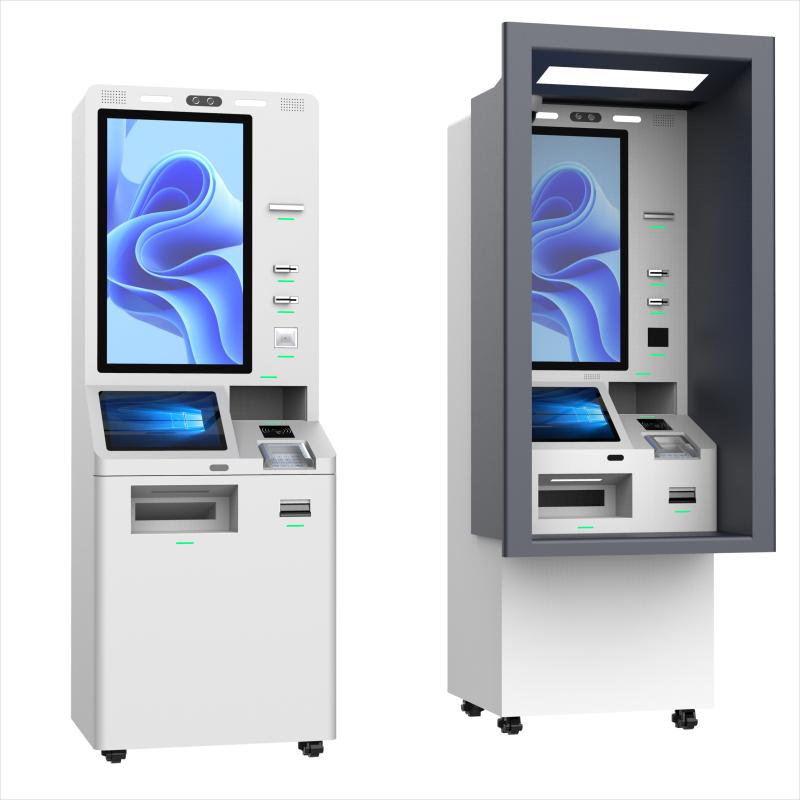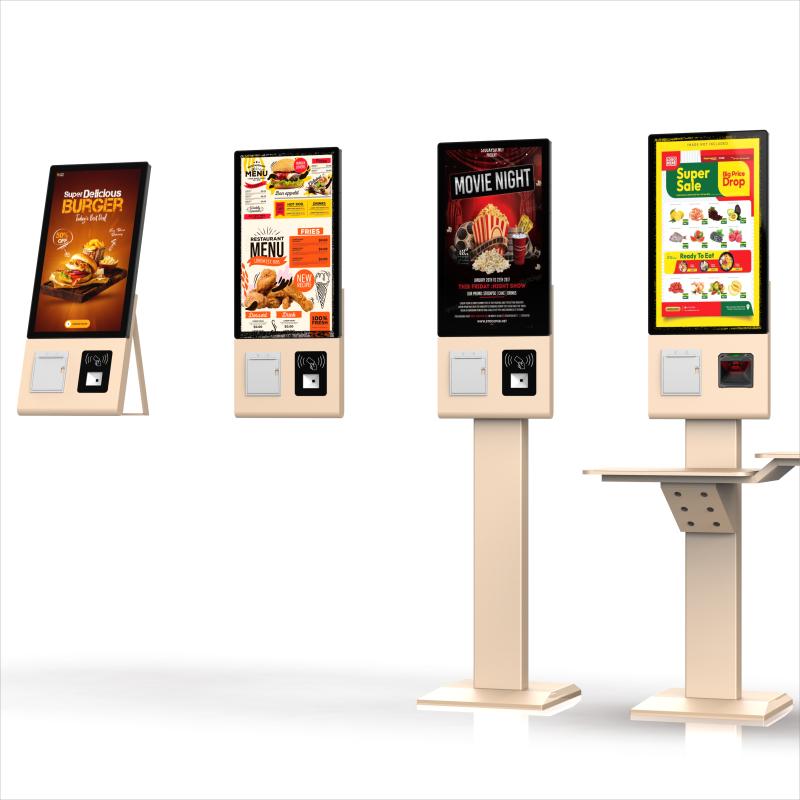





Kiosks are increasingly becoming an integral part of various industries, from retail to transportation, as they provide convenient, self-service options that simplify transactions and enhance customer experiences. To meet diverse consumer preferences, kiosks offer a range of payment methods, each with unique advantages in convenience, security, and flexibility. This article dives into popular kiosk payment solutions, exploring flexible payment options and the essential factors to consider for secure, efficient kiosk transactions.
Kiosk payment solutions play a significant role in customer satisfaction. Offering flexible payment options means users can pay through their preferred method, whether it be credit cards, mobile wallets, or even cash. This flexibility is especially crucial in environments where customers expect quick and easy interactions, such as fast food outlets or transit stations. Flexible payment options not only streamline the payment process but also help kiosks accommodate diverse customer needs, increasing the likelihood of repeat usage and boosting overall customer satisfaction.

Accepting credit and debit cards is one of the most common and versatile payment methods for kiosks. With credit card payment kiosk and EMV-compliant kiosk (Europay, MasterCard, and Visa standard), these systems ensure secure transactions by encrypting sensitive information, making it a reliable choice for users who prefer card payments. EMV kiosks typically support contact or chip-based cards, reducing the risks associated with magnetic stripe payments.
By utilizing EMV payment kiosk, businesses can reassure customers about the security of their card data, enhancing user trust and encouraging more frequent usage. This method is particularly popular in retail, transportation, and entertainment sectors, where speed and security are paramount.
Mobile wallets, including popular options like Apple Pay, Google Wallet, and Samsung Pay, use Near Field Communication (NFC) technology to facilitate contactless payment in kiosks. Users simply tap their mobile device against the kiosk's NFC reader, initiating a secure transaction without the need for physical cards.
Mobile wallet kiosk is gaining traction because of their convenience and security. NFC payments use tokenization to protect user data, reducing the risk of data theft. Contactless payments are highly appealing in today’s market, as they align with social distancing preferences and provide a seamless, modern user experience. This payment method is especially favored in sectors such as quick-service restaurants and retail.
QR code payment kiosk offers a digital alternative that is particularly popular in regions where QR-based payment systems like Alipay and WeChat Pay are widely used. To complete a transaction, users scan a QR code displayed on the kiosk screen using their mobile payment app, which redirects them to a payment portal.
With scan-to-pay kiosk, businesses can cater to tech-savvy consumers who are familiar with mobile payment apps. This payment option is also cost-effective for kiosk operators, as it doesn’t require physical hardware like card readers or NFC equipment. QR code payments are frequently found in retail, food service, and public information kiosks.
Despite the rise in digital payments, cash remains a crucial option, particularly for customers who prefer cash transactions or lack access to digital payment methods. Cash payment kiosk features bill acceptors and cash dispensers, allowing users to pay with physical currency or receive change for overpayment.
Offering cash as an option ensures inclusivity, and cashless kiosk payment alternatives make the system adaptable to various user preferences. This method is especially prevalent in vending kiosks, public transportation ticketing kiosks, and other locations where quick, convenient cash payments are essential.
Many businesses incorporate gift cards and prepaid cards as an additional payment option in kiosks, providing users with the flexibility to use store credits or prepaid funds for transactions. This payment method is particularly popular in retail and entertainment, where kiosks might sell or accept gift cards as a form of payment.
Prepaid card kiosk offers an advantage in environments where users want to control their spending or give a fixed amount as a gift. This payment option not only appeals to customers who prefer a non-cash and non-card payment but also encourages repeat business through brand-specific gift card programs.

With various payment methods available, maintaining robust security is essential. Secure payment kiosk comes equipped with features such as encryption, anti-tamper devices, and fraud detection systems to protect sensitive user data. These security measures are particularly important for anti-fraud payment kiosk that handle high transaction volumes and sensitive information.
Some best practices for kiosk security include regular software updates, implementing encrypted communication channels, and using EMV-compliant devices. Kiosks located in public areas may also benefit from physical security features such as secure enclosures and anti-vandal components.
Selecting the best payment method for kiosks depends on factors like target audience, transaction frequency, and kiosk location. Best payment methods for kiosks are those that align with user preferences and operational goals. For example, a busy retail environment may benefit from fast and secure credit card or mobile wallet payments, while a transit station kiosk may need cash options to cater to all users.
Consider customer demographics, payment trends, and the specific needs of the location when choosing between cash, card, or mobile payments. Many operators find success with hybrid payment solutions, combining multiple methods to offer an all-inclusive customer experience.
The future of kiosk payments is leaning toward contactless and mobile-first solutions, with emerging technologies like biometric authentication and blockchain-based payments offering new levels of convenience and security. As user preferences evolve, future kiosk payment trends may see a shift toward personalized, AI-driven payment experiences and further integration of mobile wallets across all industries.
To stay competitive, businesses should monitor these trends and consider upgrades that incorporate future-ready payment technologies. By adopting flexible, secure, and innovative payment methods, kiosks can continue to serve as efficient self-service solutions across a variety of sectors.
This comprehensive look at kiosk payment methods highlights the importance of flexibility and security. By understanding and implementing these payment solutions, businesses can improve user satisfaction and boost operational efficiency in diverse kiosk applications.
Address: No. 99-15, Fuan intelligent manufacturing Industrial Park, Dayang Road, Fuhai Street, Baoan District, Shenzhen, China